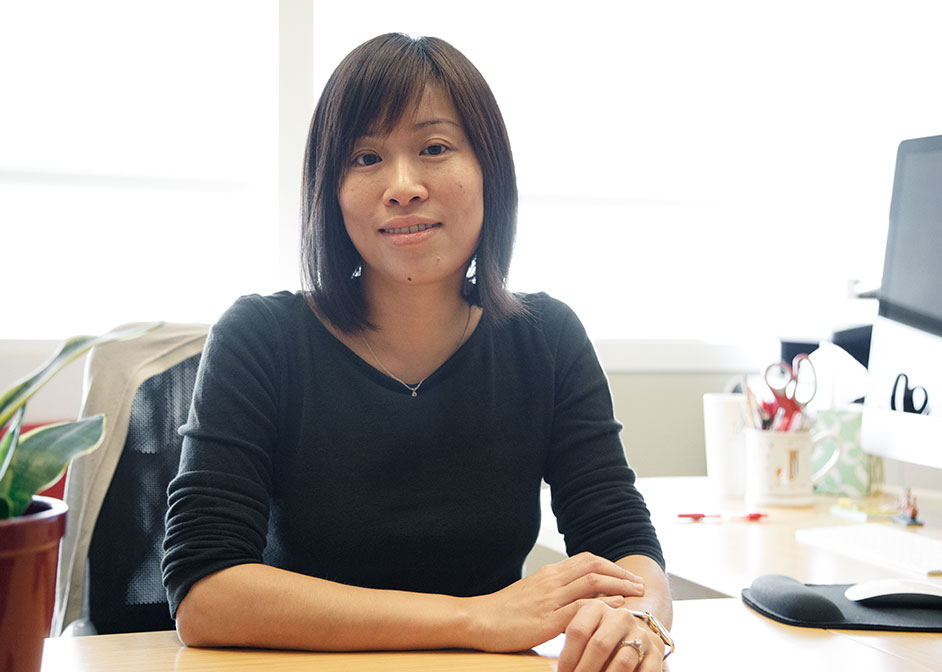UH Chemist Maps Prospects for Surprising Links in Chemistry
Students of organic chemistry might recall that textbooks introduce the concepts of noncovalent interactions and aromaticity in separate chapters, with seemingly no reason to combine these ideas. Now University of Houston assistant professor of chemistry, Judy Wu, is examining a connection she discovered between the two subjects.

Noncovalent interactions, like hydrogen bonding, are flexible interactions that hold molecules or molecular fragments together. They are present in DNA, enzymes and drug-protein interactions. Aromaticity is a fundamental concept in organic chemistry, usually associated with ring-shaped molecules that increase chemical stability.
By connecting the ideas of noncovalent interactions and aromaticity, Wu developed the concept that aromaticity can be used to control the strengths of noncovalent interactions, an outcome sought after by chemists because of the potential impacts for drug and materials discovery. Her project exploring this approach to chemistry is supported by a $1.9 million grant from the National Institute of General Medicine.
“This work gives chemists and biochemists a new way of thinking about how to control noncovalent interactions,” said Wu, a computational chemist who explores chemistry in computer models. Over the next five years, Wu plans real synthetic examples, working with experimental groups, to bridge discoveries of the computer models with practical impacts in biomedical research.
“Much of our planned research is motivated by its fundamental importance, its potential to expand the boundaries of chemical understanding of biological systems, and its power to cultivate scientific curiosity,” said Wu, who admits that questions about aromaticity have continued to evolve.
“Two hundred years ago, chemists wondered about the structure of benzene, a prototypical aromatic molecule,” said Wu. “A hundred years ago, they questioned the meaning of aromaticity. Time is now ripe to explore the practical applications of this 200-year old concept in chemistry, and that is what we are doing.”
- Laurie Fickman, University Media Relations